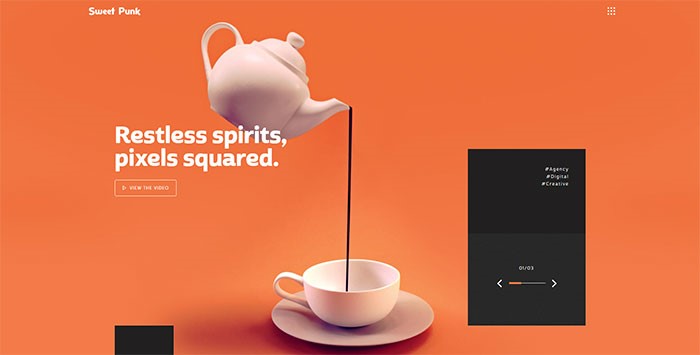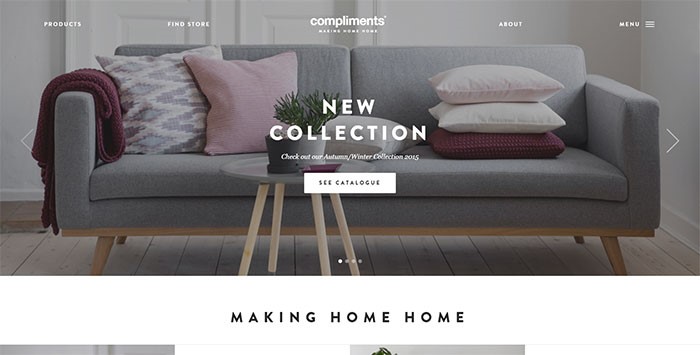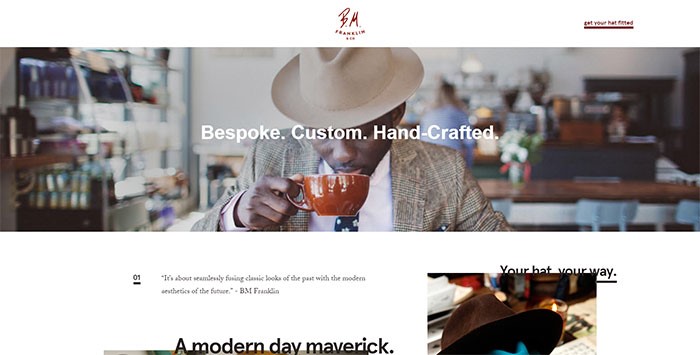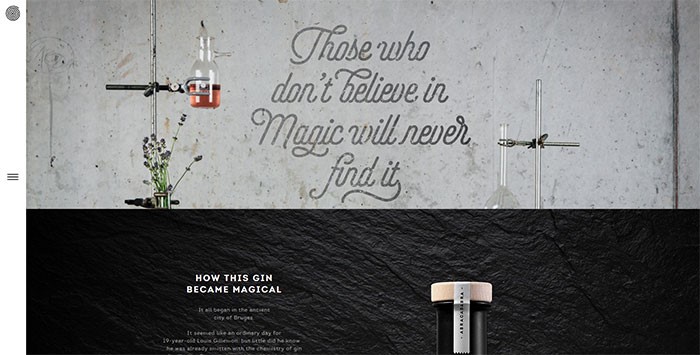The World Wide Web can be a frightening place at times. It does not matter whether you are just browsing on your favorite sites or trying to buy clothes or gadgets online; when it comes to the internet, everything is both public and extremely private at the same time.
We all know that our information is no longer secret, so we behave in an increasingly covert manner, in order to compensate for it. This makes it very difficult for new platforms to gain the trust of users.
What Does Trust Mean for Internet Users?

For users, design influences trust and is represented by the following things.
Businesses must behave ethically. Trust is linked with the desire for enterprises to act in accordance with the law, behave reasonably, and demonstrate a level of care for them.
Besides that, products must be as promised. Users want company products and services to match their expectations of them and the claims made by manufacturers, which are presumed to be unbiased and true.

Online data must be accurate, fair, and free from bias. If users presume that data and options are reliable, they will not feel the need to look for others elsewhere.
Products and services must be of high quality. Users want to feel good about their decisions and they want to enjoy products that offer value. For digital products, they want to know that their information will be kept safe.

Users want businesses to care about their interests. Data safety and protection is a major source of anxiety for lots of users as they make their way through online environments. They want to know that a company is not going to exploit them for profit. They wonder, ‘Will this company keep my private details safe?’. This isn’t valid only for online shops, but also to online appointment scheduling apps, travel websites, hotels, and various services that collect data in one way or another.
Even though cookie consent notifications are all over the place when browsing, they don’t make much of a difference. This is where GDPR came into play nicely lately.
Yet, on the other hand, lots of users are willing to allow companies to collect their private details, so long as the company promises to use it to improve their products and services. This is often the case even if the users do not fully understand what is happening.
For most users, satisfaction with websites is linked to whether or not they believe their objectives, ambitions, and goals will be fulfilled if they keep browsing.
Modern design

Now more than ever before, companies within the digital sector are depending on efficient interaction with users. As encounters with business platforms are, by their very nature, distant – they do not involve any direct communication or tangible advantages – the digital presence of a business is what shapes how the user feels about what it does and what it offers.
From this perspective, the way in which users interact with online platforms and the way in which these platforms deal with their private data is a huge part of manipulating impressions of the company.

A great way to elicit trust from potential clients and customers is to present them with top quality web design because design influences trust. Look at some of the best interactive websites that came out lately. Even if they don’t explain to you why they should be trusted, people trust them on the design alone. It’s a bit crazy, actually.
It is clear that web design is one of the most important components when it comes to shaping what consumers think and feel about an online platform. According to recent surveys, doing something as simple as tweaking the design to make it appear more contemporary can boost conversion figures by over 33%.
If you have a problem with starting your design, pick one of the many CSS libraries out there and start from there. Bootstrap and Foundation have a lot of basic elements to use. Customize those and add your own personal touch to the website.
It’s important to make a good first impression

When users interact with your platform, they are going to form opinions about it (and about your company) after just a few short seconds. You may imagine that the website tagline they’re seeing is the first way they’re interacting with your site, but it’s actually the loading time.
So, if your platform contains a lot of graphics and takes ages to load; if it lacks responsive features, offers useless links, depends on clunky plugins (especially if they have to be accessed individually), and it is hard to locate valuable bits of data, it is very likely that users will just go elsewhere.
The opinion that they form of your company will be that it cannot even put together a useful online platform. They will disregard and forget your business.
This is why some enterprises, like boutique consulting firms, or various small companies offering local services have clean websites. They don’t want any graphics to stand in the way of getting a good impression from their potential clients.
You will benefit from your users’ trust

The bottom line is that trust is extremely important for users. In fact, it tends to be the restricting variable which decides whether users will carry out the actions that you want them to or not.
For example, buying products from online stores, recruiting an employee based on the strength of an internet portfolio, and even agreeing with the advice or thoughts of an internet blog, forum, or community – these actions are all based on trust.
Yet, this is the cold truth about online stores. According to contemporary surveys, at least 60% of prospective shoppers pick out products and then leave them at the till before the checkout process is complete.
So, why does this happen so often? Is there some clear and obvious issue which most web designers do not pick up on? Is there anything about most online stores which make it difficult for shoppers to complete purchases?
The most important question is, of course, can there be a way to fix this tendency to shop and then change your mind at the last minute?
Try to build trust with whatever is on your hands. Designing a contact page? Throw a Google Maps integration in there so that visitors know that you exist. Designing a footer? Add links to all the necessary pages that your visitors might need.
Brand loyalty is important
You need to work on accumulating brand loyalty if you want to gain trusting shoppers who will not abandon you unexpectedly. For example, the telecommunications giant Apple has a fan base that is remarkably loyal. This means that customers tend to overlook errors made by the company and they run to defend it when others make critical comments.
How can you make your shoppers feel this much loyalty? Well, you need to offer them an exciting and valuable encounter – a great user experience.
It is not enough to just offer an online platform that works and is reasonable valuable; a great online experience makes users forget the fact that they are ‘using’ a website in the first place.
This can be a really tricky notion to get to grips with at first and all platforms must achieve it in their own way, but the correct blend of usability, value, creative flair, design, content, cognitive persuasion, and commercial coaxing can add up to a robust website which shoppers really do trust and love.
Trust Begins with Design

Users’ trust is influenced by a few main things. One of which is design integrity, a sophisticated aesthetic that feels high quality; unambiguous navigation tools that indicate care for users and a suggestion of great service. But, mistakes and written errors indicate a lack of care for consumers. Good design influences trust. This means that you shouldn’t outsource your design to India just to save a few bucks. Do it in-house, or hire a local company that knows its craft.
Another important factor is represented by honesty about intentions. For instance, a willingness to announce delivery fees right away, instead of delaying the information until the shopper has moved to the checkout. Whilst this move can end up tricking a few shoppers, it will push many more into leaving and never coming back.
Make everything complete, accurate, and relevant. If there are product images, they need to be current and of high quality. Unclear, poor quality or dimly light images indicate unreliability.

